In spite of baseball’s obsession with statistics, records and “firsts”, I’ve yet to see any documentation about the first individual to transition from HBCU baseball to the Major Leagues.
If you know the name Jackie Robinson, then you’ll probably know that he broke the color barrier in professional baseball and that he played his college ball at UCLA. However, UCLA is not a Historically Black College and University (HBCU). Incidentally, Jackie was not the first to integrate his college baseball team at UCLA either. That distinction belongs to teammate Kenny Washington, an infielder for the Bruins in 1937.
It could have been Larry Doby from Virginia Union University, the second African-American ball player to appear in a Major League game or maybe Monte Irvin from Lincoln University in Pennsylvania. Both would have been good guesses. But even though a few sources mistakenly credit them with playing college baseball, neither in fact played for their college teams. Doby and Irvin did play basketball at their respective schools and Irvin played football too, but scouts never had the opportunity to assess the talents of either during a college baseball game.
Need a hint to figure out who was the first? The distinction belongs to a ball player who played his first Major League game in 1952. If that didn’t help much, maybe knowing he only appeared for a “cup of coffee” (just 14 games to be exact) helps. Still nothing? He was signed by the Braves of Boston, but was not the first African-American to be promoted to the majors by them.
Here is your final clue and maybe this helps. Years before, our designee played baseball for legendary HBCU coach, Isaac “Sap” Lane at Wilberforce University.

(James Buster Clarkson is pictured in front row, third from left with Wilberforce University team)
On April 30, 1952, at age 37, James “Buster” Clarkson became the very first Major Leaguer who previously played baseball at an HBCU school.
Like a number of former Negro League ball players, Clarkson entered his Major League “Rookie” season at an advanced age. The great Satchel Paige was age 42, for example. However, Buster Clarkson was far more than what one thinks of as a rookie.
By the time the Boston Braves called up James Clarkson after a two year stay in the minor leagues, he already had enjoyed a luminous career in the Negro Leagues and in Mexico, Canada and Puerto Rico.
Among the Negro League teams on which James Clarkson played were the Pittsburgh Crawfords, Newark Eagles and Philadelphia Stars. Clarkson, who went by Buster, Bus or Buzz, typically played shortstop or third base.
Though Clarkson was an adequate fielder, his strength was at the plate wherever he played. In the Mexican League during the 1941 season, he hit 19 home runs finishing only behind the immortal Josh Gibson while hitting .334 and in 1948, he belted 31 homers while batting .408 for St. Jean of the Canadian Provincial League. Just as impressive was his .343 average with the Newark Eagles and .328 average with the Philadelphia Stars.
In 1950, Buster Clarkson was finally signed by the Boston Braves organization and assigned to its AAA team in Milwaukee. There, Buzz hit .302 his first season, .343 in 1951 and was hitting .385 for the first month of the season in 1952 before the Braves called him up for his Major League debut. A slow start relegated Clarkson to spot pinch hitting duties and 81 days later was sent back to Milwaukee.
The following baseball season of 1953 saw Buster Clarkson sign a contract with the Dallas Eagles of the Texas League and in 1954 led the league with 42 home runs while hitting .324, after hitting .330 the season prior.
As his professional baseball career wound down, Clarkson hit .294 playing for the Los Angeles Angels of the Pacific Coast League in 1955 and the next year spent parts of his final season with the Angels and in both the Texas and Western Leagues.
In retirement, James Buster Clarkson lived a relatively obscure life in Pennsylvania until his death in 1989.

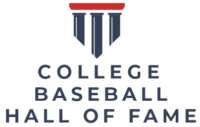
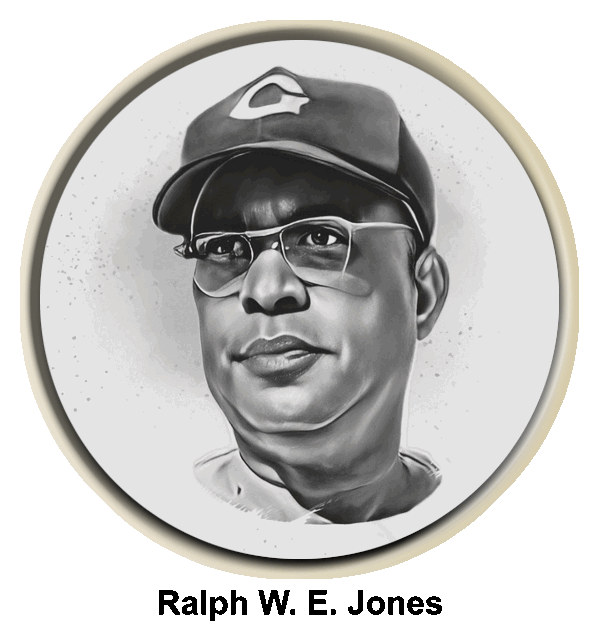






















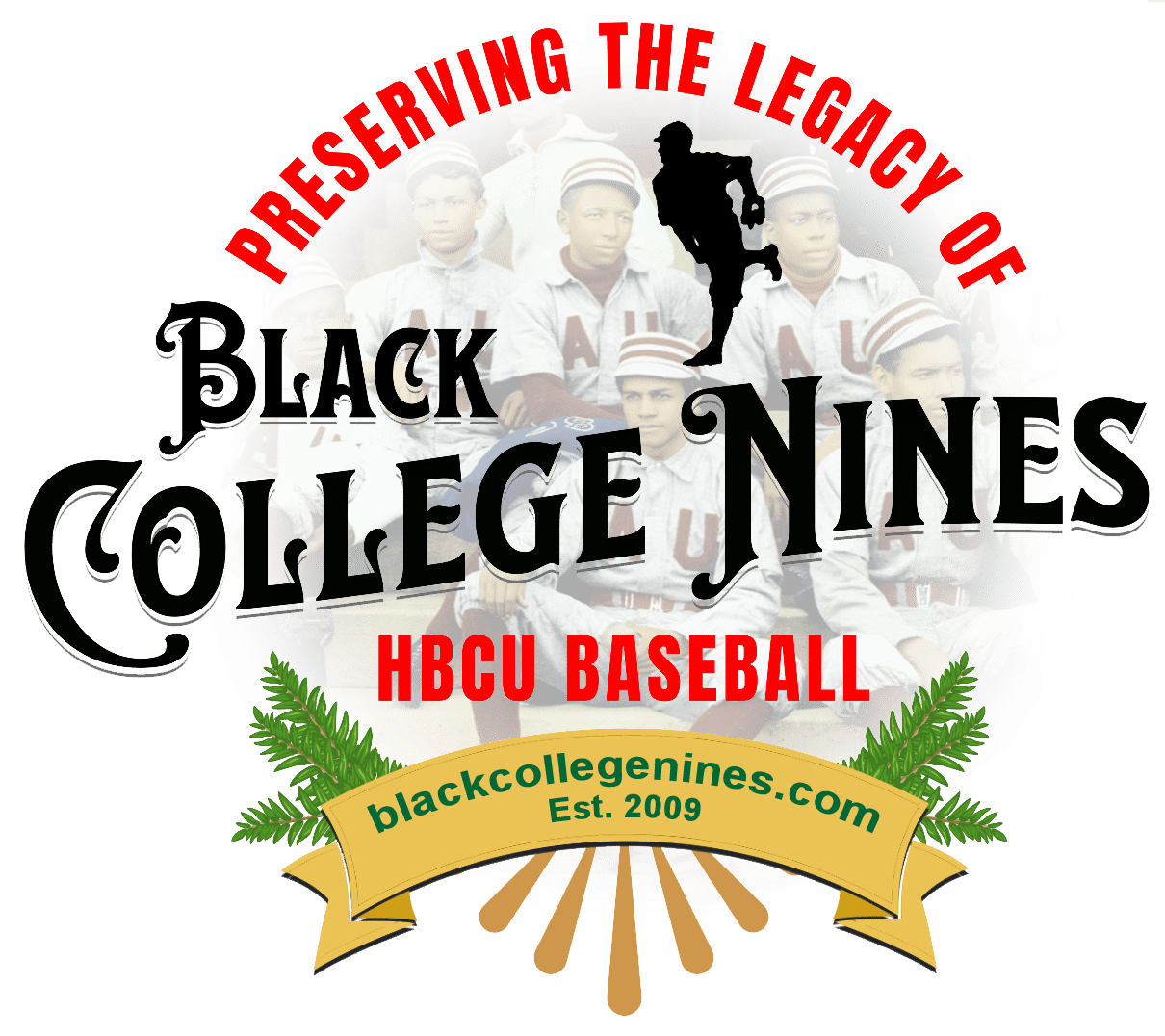







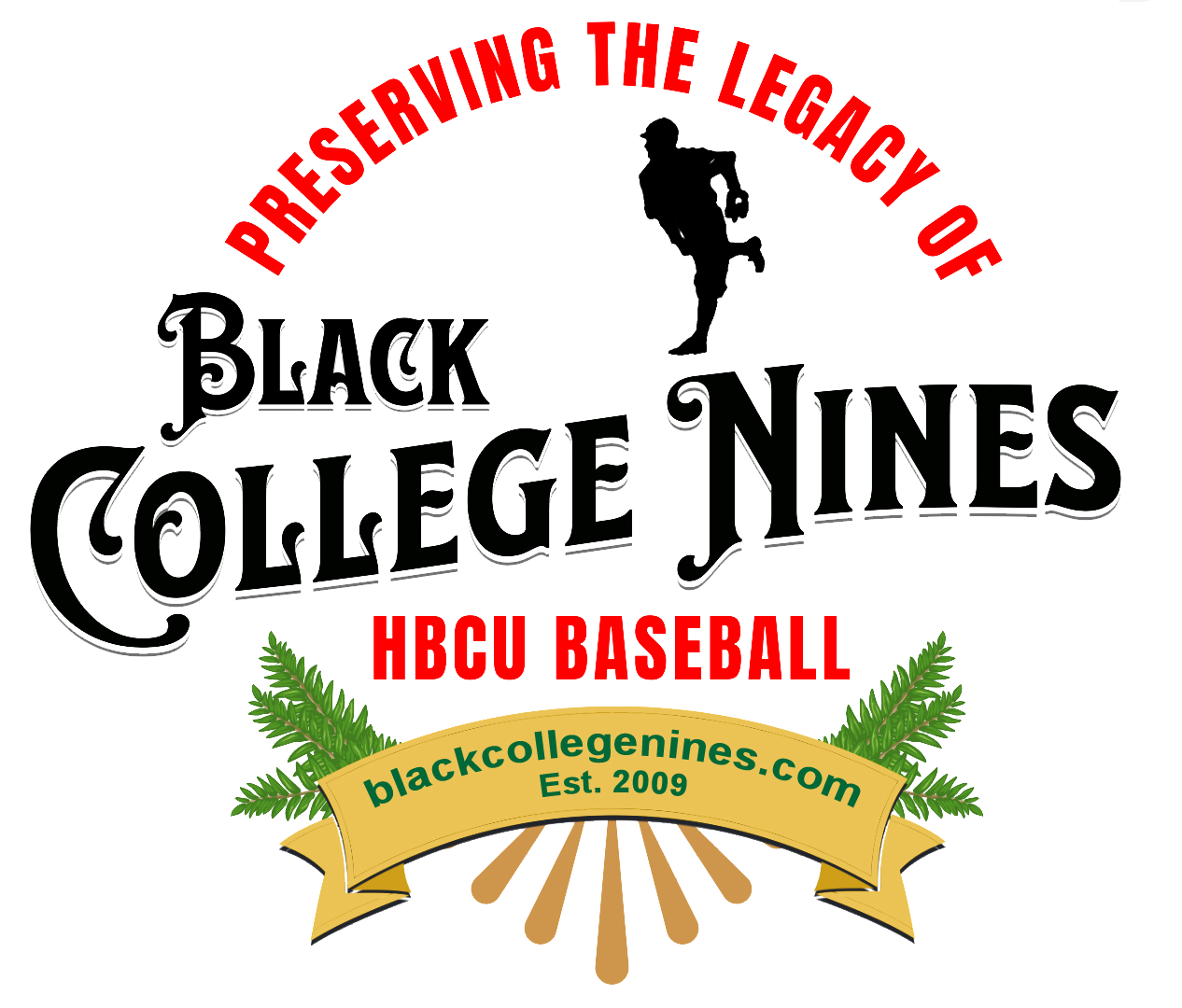
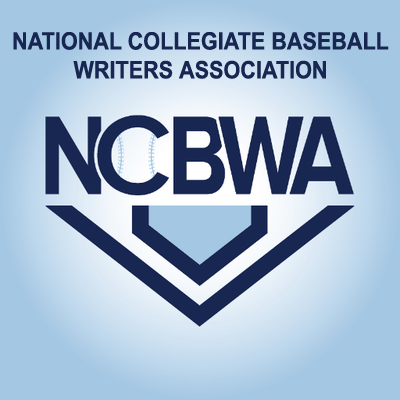
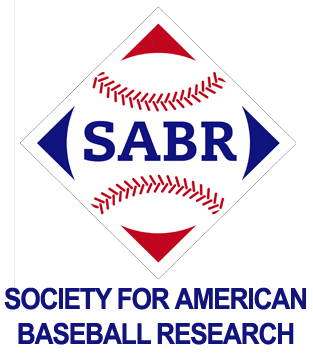
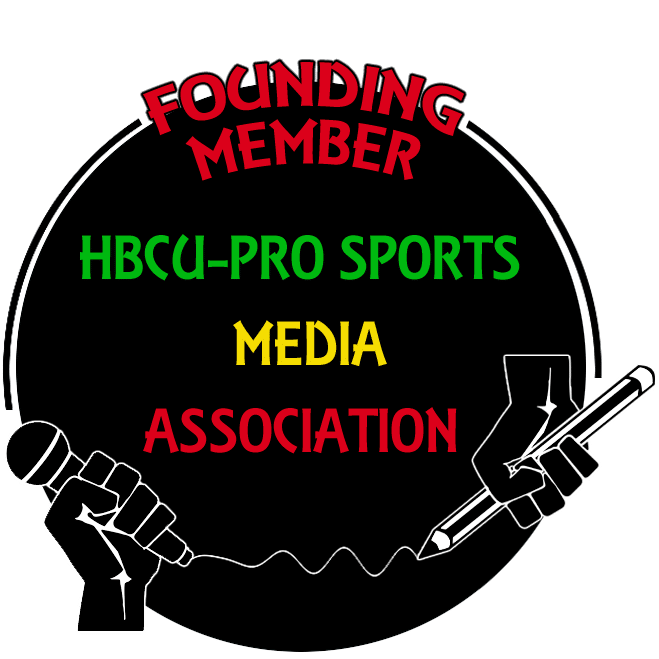

Great read
This was a good one.